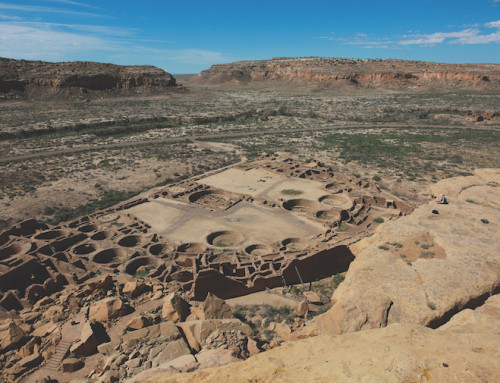The new congressional map that California voters approved marked a victory for Democrats in the national redistricting battle playing out ahead of the 2026 midterm election, but analysts say Republicans are still ahead in the fight.
The unusual mid-decade redistricting fray began in the summer when President Donald Trump urged Republican-led states to reshape their voting districts to try to help the GOP retain control of the House in next year’s election.
Democrats need to gain three seats to win the chamber and possibly impede Trump’s agenda.
Texas responded first with a new U.S. House map aimed at helping Republicans win up to five additional seats. Proposition 50, which California voters supported Tuesday, reshapes congressional districts to give Democrats a better shot at winning five more seats.
If the 2026 election goes according to the redistricting projections, Democrats in California and Republicans in Texas could cancel each other’s gains.
Republicans could still be ahead by four seats in the redistricting battle, however.
New districts adopted in Missouri and North Carolina could help Republicans win one additional seat in each state. A new U.S. House map approved last week in Ohio is also expected to boost Republicans’ chances to win two additional seats.
Some uncertainties remain. Several Ohio districts are so competitive that Democrats believe they, too, have a chance at winning them. Lawsuits persist in Missouri and North Carolina and Missouri’s redistricting law faces a referendum petition that, if successful, would suspend the new map until it’s put to a statewide vote.
The battle to redraw congressional voting districts for partisan advantage isn’t likely to end with the 2026 election.
The Republican State Leadership Committee, which supports GOP candidates in state legislative races, warned in a recent memo that “the redistricting arms race has escalated to an every cycle fight” — no longer centered around each decennial census.
Democratic lawmakers in New York are pursuing a proposed constitutional amendment that could allow redistricting ahead of the 2028 election.
Several states currently under split partisan control also could pursue congressional redistricting before 2028 if next year’s election shifts the balance of power so one party controls both the legislature and governor’s office.
“It’s important to recognize that the fight for 2027 redistricting — and the U.S. House in 2028 — has already started,” RSLC President Edith Jorge-Tuñón wrote.
Republican legal challenges are likely to continue against California’s new districts, which impose boundaries drawn by the Democratic-led Legislature in place of those adopted after the 2020 census by an independent citizens commission.
Candidates can’t afford to wait to ramp up campaigns in the new districts, however.
Though Democrats could win up to 48 of California’s 52 U.S. House seats, several districts are closely divided between Democratic and Republican voters.
“Some of the Democratic districts are probably going to vote blue, but I wouldn’t call them locks,” said J. Miles Coleman, of the University of Virginia Center for Politics. “You could still have some expensive races,” Coleman added.
Republicans who control the Indiana Legislature chose not to convene a special session on redistricting Monday, after Republican Gov. Mike Braun had called for it, but efforts to round up enough votes continue.









